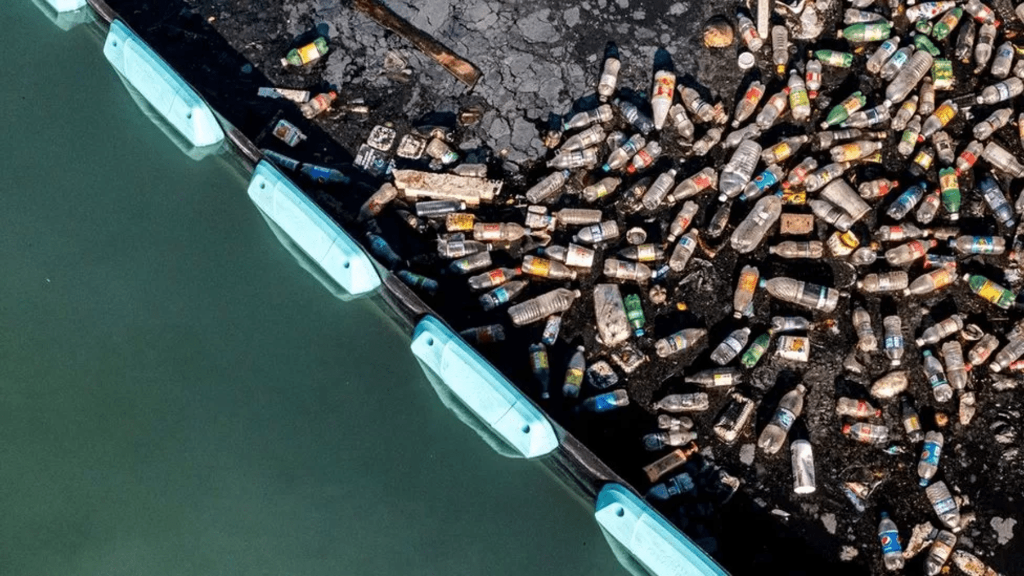
Boyan Slat, the 28-year-old Dutch entrepreneur and founder of non-profit environmental organization The Ocean Cleanup, has been working on ways to filter plastic waste out of the Pacific Ocean for nearly 10 years. According to BBC News, he said the journey had been harder than he ever imagined it would be.
The Scale of the Problem
The Ocean Cleanup uses a long, u-shaped barrier, similar to a net, that is pulled through patches of rubbish by boats. It moves slowly to avoid harming marine life. The system has so far cleaned up almost 200,000 kilograms (440,000 lbs) of ocean plastic.

The Ocean Cleanup's Filtering Process
Research conducted by the company in 2021 suggests that about 1,000 of the world's rivers are the source of 80% of the global ocean plastic pollution. To stop the plastic in rivers, The Ocean Cleanup uses its "Interceptor" solutions, and aims to scale this to all 1,000 heaviest polluting rivers in the world. The tech behind these varies according to factors such as width, depth, flow speed, and debris type of the river in question, assessed using AI-powered cameras.

Scaling Up Operations
Boyan said the fast-flowing nature of rivers can make stopping plastic even more difficult. "In rivers, you really only have one shot at catching the plastic—it just flows by and if you don't catch it, it's guaranteed to enter the ocean," he said. He added that the rivers are really the arteries that carry trash from land to sea, so when it rains, plastic washes from streets into creeks, into rivers, and then ultimately to the ocean.

Intercepting Plastic in Rivers
According to Boyan, "The planet is pretty big, it turns out," adding that there are about 1,000 rivers that need to be tackled and five ocean garbage patches. The first few years were really about trying to understand the problem. He believes that if they continuously clean up the hotspots, they can be a lot more effective in the clean-up operation. The team is developing System 3, a 2.4km (1.49 miles) long giant barrier for use in the summer, and The Ocean Cleanup hopes that rolling out 10 of these larger systems in the near-future could clean up to 80% of the North Pacific's plastic debris by the end of the decade.

The Great Pacific Garbage Patch
While the world's biggest area of accumulated ocean plastic, commonly dubbed "the Great Pacific Garbage Patch," located in the North Pacific Ocean, has been one of the main targets for The Ocean Cleanup team, Professor Richard Lampitt of the National Oceanography Centre told BBC News in 2018 he believed using boats to pull nets and shuttle plastic from ocean garbage patches to ports could have a high carbon cost. He thinks that rather than cleaning up plastic in our seas, "it is really an issue of stopping the tap and stopping this material getting into the ocean".
Source: BBC
Technomancer is a science and tech enthusiast who enjoys writing about software and AI and other tech topics.
